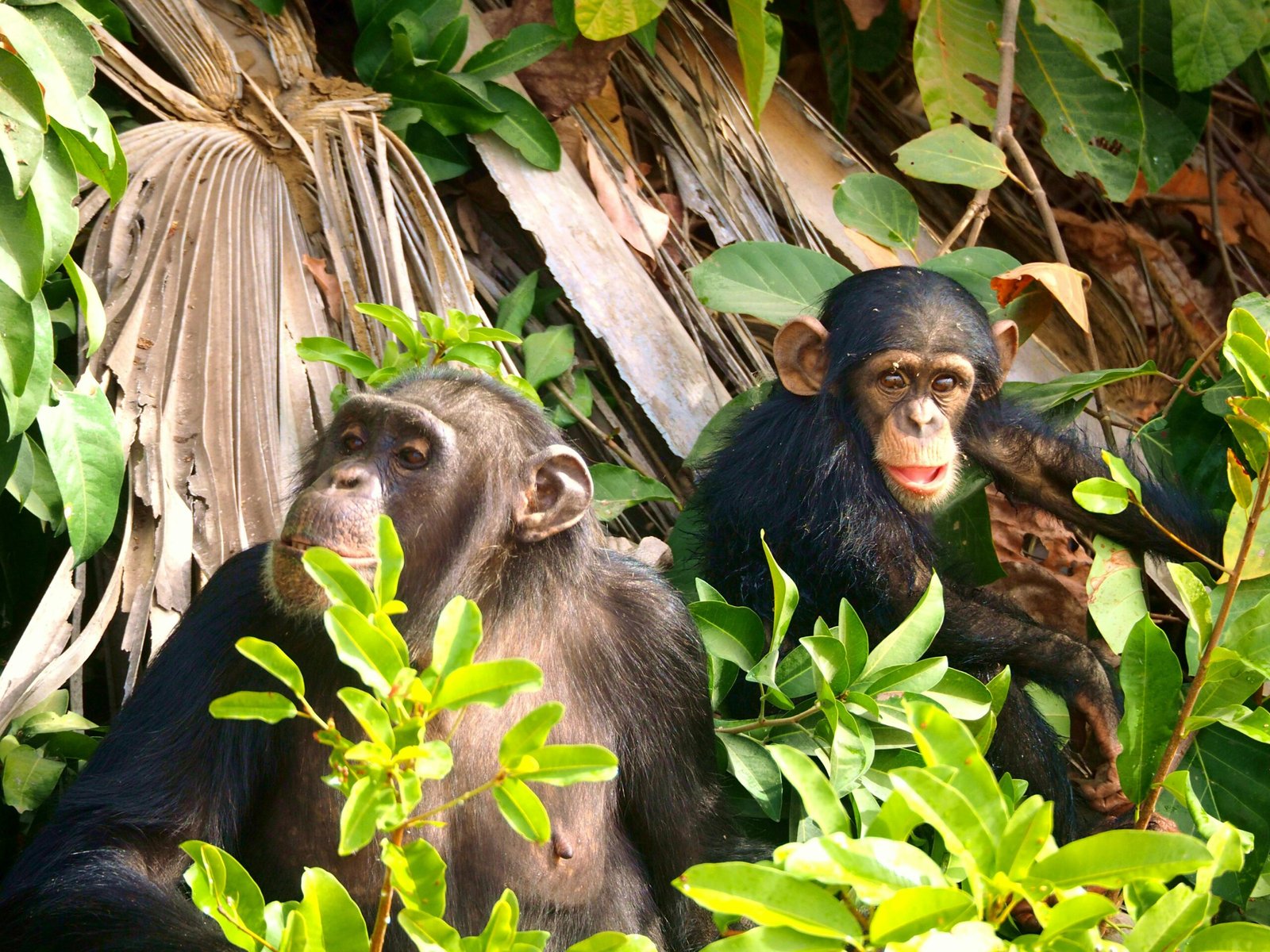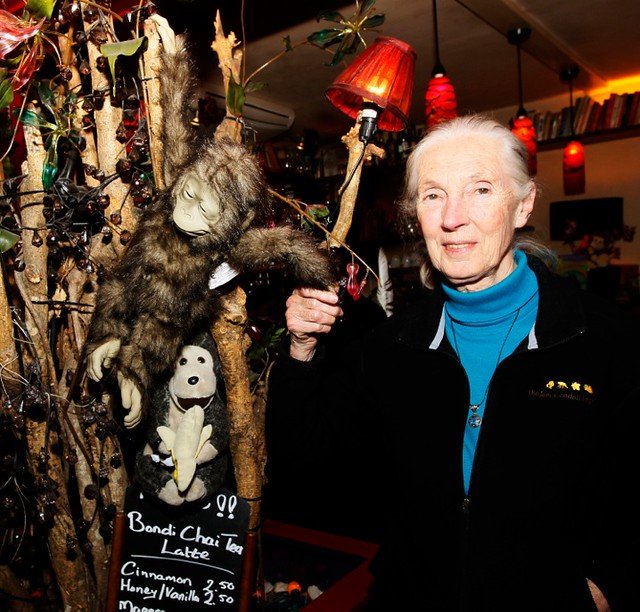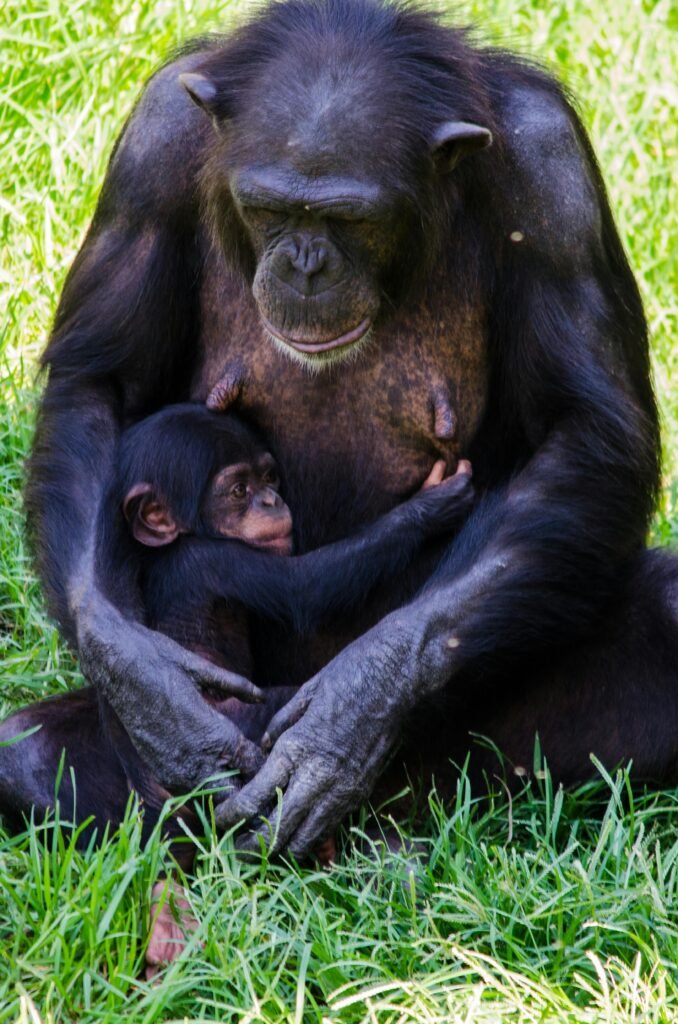
INTERNATIONAL
info@allinafricasafaris.com
INTERNATIONAL, 24/7 Help Support
USA/CANADA | M-F 9:00 am - 5:00 pm

Gombe National Park is located along the eastern shores of Lake Tanganyika in western Tanzania. It carries a rich and deeply intertwined history shaped by its ancient landscapes, thriving wildlife, and groundbreaking scientific work that ultimately placed it on the world map. Its story begins long before modern conservation efforts. Its is rooted in centuries of ecological evolution and traditional human interaction with the forests that cover the rugged Rift Valley escarpments. Over time, the unique biodiversity of the region attracted international attention, especially with the arrival of pioneering primatologist Dr. Jane Goodall, whose work in Gombe transformed global understanding of chimpanzees and human evolution.
Long before Gombe became Gombe National Park, the forests surrounding Lake Tanganyika were used by local communities. The local communities include the Ha, Holoholo, and Tongwe people. These groups relied on the area’s natural resources for subsistence farming, hunting, and gathering. The steep terrain and dense forest offered sanctuary for wildlife and people alike, creating a natural refuge where animals such as chimpanzees, bushpigs, antelopes, and a wide array of birds flourished. The region’s relative isolation also limited large-scale human disturbance, allowing the forest ecosystem to remain remarkably intact over centuries.

Gombe’s international recognition began in 1960 when Dr. Jane Goodall arrived under the sponsorship of anthropologist Louis Leakey. At just twenty-six years old, she embarked on what would become one of the most important wildlife research projects in history. Her mission was to study the behavior of wild chimpanzees to better understand the evolutionary links between humans and primates. Settling at the Gombe Stream Reserve, as it was then known, Goodall began the painstaking process of habituating chimpanzees to her presence, a method that required extraordinary patience, empathy, and observational skill.
Her groundbreaking discoveries soon stunned the scientific world. In 1960, she witnessed chimpanzees fashioning tools from sticks to extract termites; an ability previously believed to be uniquely human. This revelation challenged long-standing scientific assumptions and redefined humanity’s place in the natural world. Over the years, she also documented complex social structures, emotional expressions, hunting behavior, warfare between rival chimpanzee communities, and strong maternal bonds. These findings transformed primatology, anthropology, and global conservation philosophy.

The scientific significance of Gombe led to efforts to safeguard its forests and wildlife. In 1968, the government of Tanzania officially gazetted the area as Gombe Stream National Park. The park initially covered a small portion of the rugged mountains along the lake but later expanded to protect more habitats essential for chimpanzee survival. Its establishment marked an important step in Tanzania’s broader conservation strategy, and it became the smallest but one of the most renowned national parks in the country.
The park’s designation also helped protect the region from deforestation, uncontrolled hunting, and encroaching human settlement. Over the years, conservation programs were implemented to address habitat loss in surrounding communities, which posed a major threat to chimpanzee populations. Initiatives such as reforestation, sustainable land-use planning, and community involvement became central to ensuring the survival of Gombe’s ecosystems.
Following the establishment of the park, the Gombe Stream Research Center was founded to support continued scientific studies. Over the decades, Gombe became home to one of the longest-running wildlife research projects in the world. Students, scientists, and conservationists collaborated to deepen the understanding of chimpanzee genetics, ecology, behavior, and conservation needs.
Jane Goodall’s work continued to flourish, even as she shifted toward global conservation advocacy. Her establishment of the Jane Goodall Institute helped expand research, conservation, and community-support programs both in Gombe and around the world. The Roots & Shoots program, which focuses on youth-led environmental action, further emphasized the park’s legacy of inspiring global stewardship.
Today, Gombe National Park remains a living laboratory of primate behavior and a symbol of conservation success driven by science and community empowerment. The lush forests that climb the Rift Valley slopes still echo with the calls of chimpanzees whose family trees have been documented for generations. Research at Gombe continues to shape global scientific knowledge, addressing modern challenges such as disease transmission, habitat fragmentation, and climate change.
Gombe also attracts visitors seeking intimate encounters with chimpanzees in their natural habitat, experiencing firsthand the landscapes that shaped some of the planet’s most influential scientific discoveries. Although small in size, the park holds vast historical, scientific, and ecological importance.
The history of Gombe National Park is ultimately a story of connection—between humans and nature, science and conservation, and past and future. From the early communities who lived alongside its forests to the revolutionary work of Jane Goodall that redefined humanity’s understanding of the natural world, Gombe stands as both a sanctuary and a testament to the transformative power of curiosity and dedication. It remains one of Tanzania’s most iconic protected areas, cherished for its biodiversity, its scientific legacy, and its enduring contribution to global conservation history.






